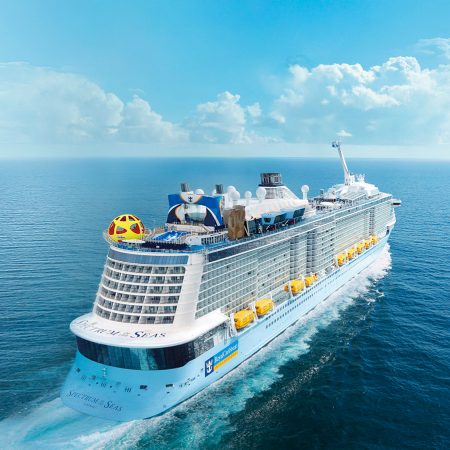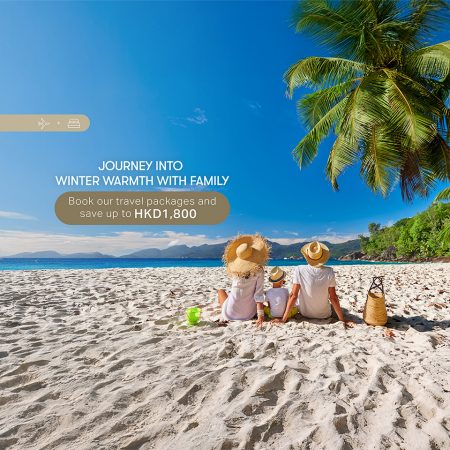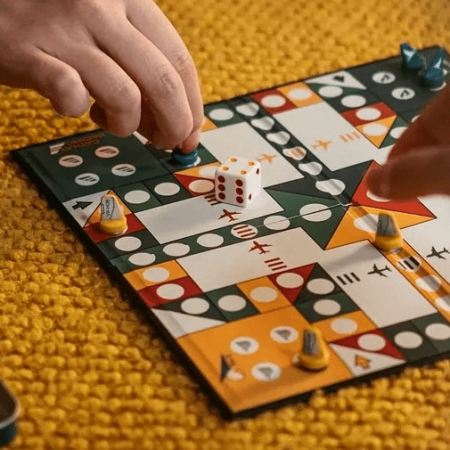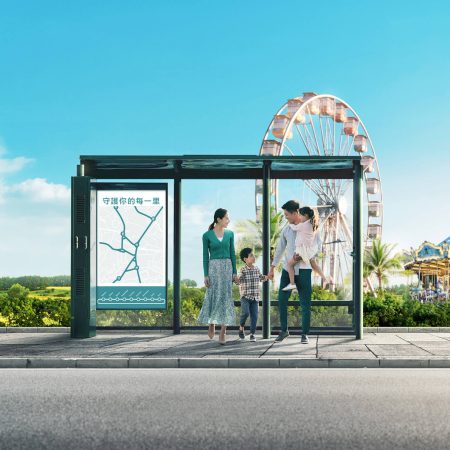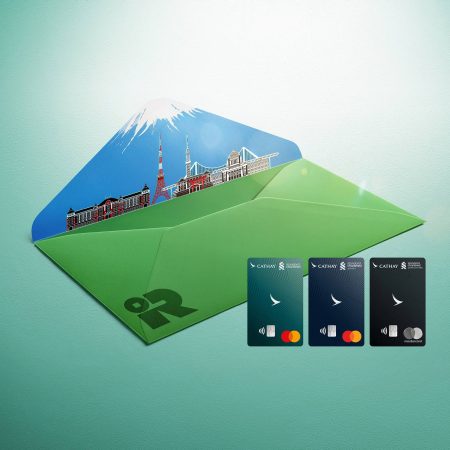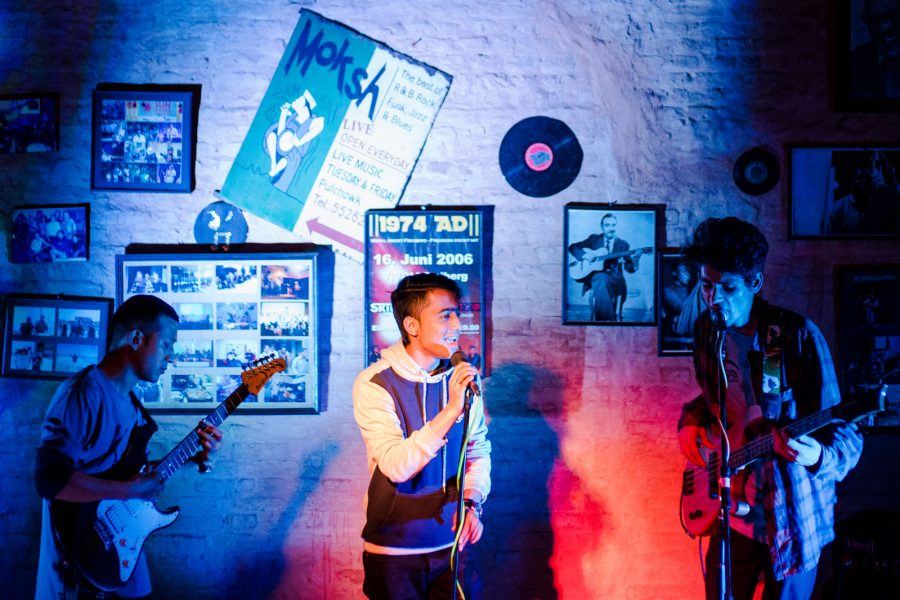Chhedup Bomzan had never been in a band. But 19 years ago, he set up a grungy dive bar in Kathmandu’s northern reaches and single-handedly ignited Nepal’s jazz scene.
‘In those days, there were lots of bars but not enough venues for live music in Kathmandu,’ says Bomzan, a hipster of the Hippie Trail generation, who was born in Malaysia where his father was stationed as a Gurkha. ‘Good musicians didn’t have a place to play.’
After his family returned to Nepal, his mother opened a grocery store on Lazimpat Road. Above the store, there were three dusty, disused rooms. Bomzan set them up as a venue for the jazz group Cadenza, with whom he was friends.
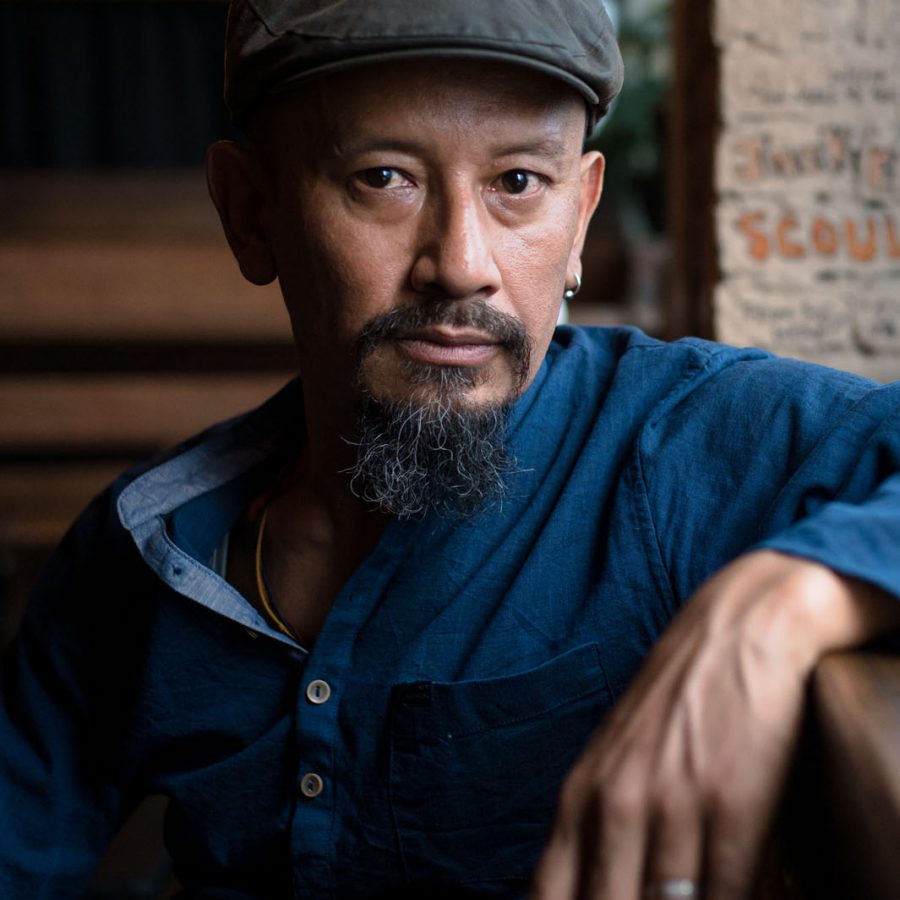
Credit: Tim Franco
Jazz Upstairs, as the space became known, initially attracted a limited international crowd already acquainted with, and missing, jazz. The French and British embassies were nearby and, Bomzan remembers, their employees would stop by the venue regularly after work, jamming on the piano, drums and bass guitar. Cadenza gigs held each Wednesday and Saturday became a treasured regular event. A huge trumpet was painted on the side of the building, a bar was quickly installed and a tradition emerged for patrons to scribble their names on the wall. It was the only jazz venue in Nepal. Word spread fast.
‘A lot of friends I had in the trekking and travel business started to send people this way,’ says Bomzan, who also works as a whitewater rafting guide. A paddle hangs above the bar in tribute to his day job.
In 2002 Bomzan and Navin Chettri, the drummer and vocalist of Cadenza – by then a well-known jazz collective in Kathmandu – had the idea of hosting a party at Jazz Upstairs to celebrate the Hindu festival Shivaratri. ‘It began as a small concert, then people started offering to bring in bands from India and Dubai and it became a festival,’ co-organiser Sanjay Shrestha tells me while sipping a coffee in Himalayan Java, Nepal’s answer to Starbucks, in northern Kathmandu’s hostel-heavy Thamel area.
The catchy portmanteau Jazzmandu was coined and the festival, billed as a ‘party in the Himalayas’, has got louder every year since. The latest one was held last October, with acts from France, Cuba, the US and elsewhere. Shrestha, a guitarist who joined Cadenza in 2008, says initially it was mostly foreigners who turned up but ‘now a lot of Nepalese are understanding jazz. It’s still a niche market but it’s growing’.

Credit: Tim Franco
Although not exactly Southeast Asia’s Glastonbury, Jazzmandu is attended by 16,000 people each year, with concerts and musical collaborations at some of Nepal’s most historic sites. It culminates in a daylong jazz jam at the Gokarna Forest Resort, a lush spa on the outskirts of Kathmandu. The event is a way to explore the Nepalese capital’s best bars and areas while soaking up world-class music.
Currently, the line-up is 70 percent visiting artists and 30 percent homegrown talent. But that’s changing, thanks in no small part to Mariano Abello, a flamboyant Argentine-born, American-trained woodwind expert who co-founded the Kathmandu Jazz Conservatory (KJC) in 2007 on the other side of the traffic-choked Kathmandu Valley. Nestled in the leafy suburb of Patan, the KJC and its coffee shop ooze cool, with rock stars idly roaming around. When I arrive Nepal’s biggest pop band, 1974, are rocking out in the recording studio.
A passion project for Abello – ‘it makes no money, just breaks even’ – the conservatory’s mission is to nurture jazz musicians in Nepal. There were virtually none, Abello says, when he arrived. Nearly 10 years later, local graduates have become teachers, while others have gone on to form internationally successful bands. ‘We have 150 students right now,’ says Abello. ‘We used to have 450, then there was the earthquake. The following day we had none.’ In the wake of the major earthquakes of 2015, learning jazz was not a priority, with students scattering back to their hometowns to help rebuild their homes and lives.

Credit: Tim Franco
But more recently the intake has picked up. A world-renowned performer, Abello draws on his own contact book to lure world-class musicians from around the globe to teach courses at the KJC, introducing previously rarely played instruments such as trumpets and saxophones to Nepal. The result has been the emergence of Nep jazz (affectionately dubbed momo funk, after the national dumpling). ‘It has influences of Hindustani music, the rhythmic patterns from that,’ say Abello. ‘It also has a different approach to sound progression and instruments.’
In December, the conservatory launched the KJC series, regular jazz concerts to be held on the first Saturday of each month at local bar Moksh . Chloe Van der Lek, a jazz pianist and singer from the Netherlands, kicked off the series in December, while a trombone group from the US and a vocalist from Italy are also on the line-up.
‘The Nepalese love live music,’ grins Abello. ‘If you look at cities in India, like Delhi, millions of people live there but there aren’t half the concerts that you can find in this small town.’ In Thamel, he says, every night there are bars catering to tourists playing ‘so much live music from rock to whatever’.
As Nepal’s jazz scene grows, Abello says he gets messages from musicians in other parts of the country requesting that he opens a conservatory there. That isn’t his goal: he wants Nepal’s musicians to take responsibility for the Nep jazz scene and open their own conservatories.
‘I used to say jazz here was a baby, but now it grew up,’ he laughs. ‘It’s not quite a teen, but it’s getting there.’
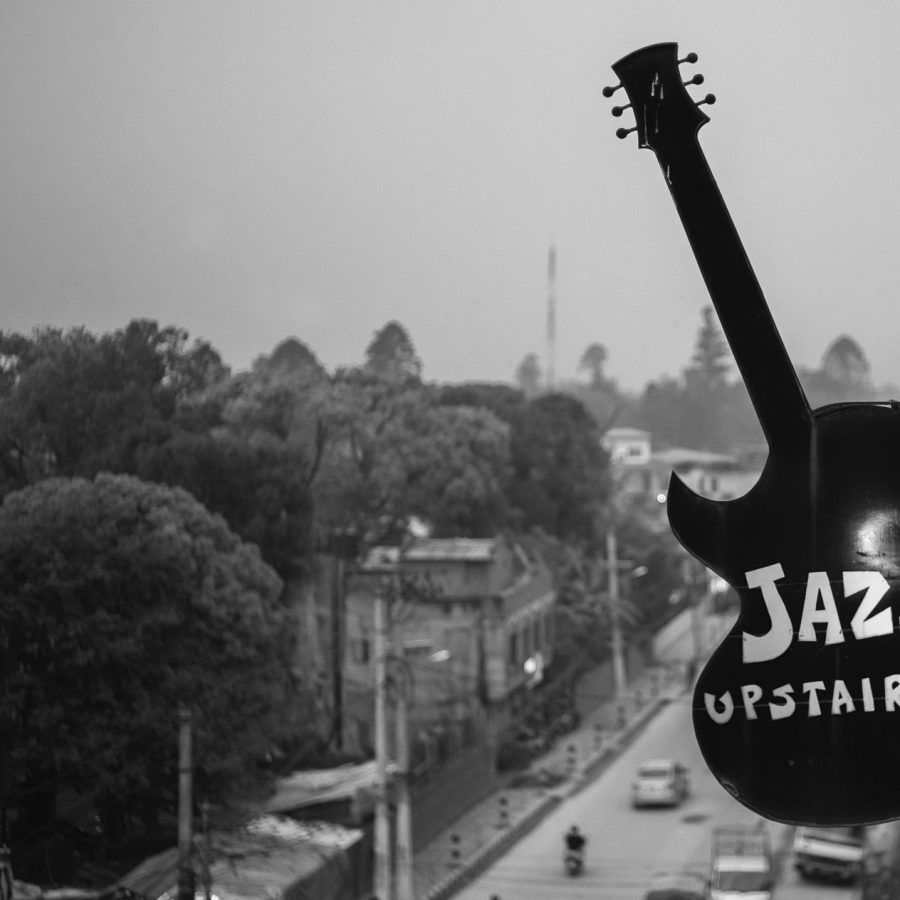
Credit: Tim Franco
Where to hear jazz in Nepal
Jazz Upstairs
A grungy bar near Kathmandu’s tourist area Thamel, where live jazz is played every Wednesday and Friday. The steaming momos from the kitchen are not to be missed either.
Moksh
Twinkling fairy lights and a spacious terrace make this a classy but intimate venue. The concert room holds about 70 people.
Jazzmandu
Nepal’s biggest celebration of jazz attracts a host of international and local performers, as well as 16,000 music lovers.
More inspiration
Kathmandu travel information
- China – the Chinese Mainland, Hong Kong SAR, Macao SAR and Taiwan Region
- Hong Kong SAR - English
- Chinese Mainland (China) - English
- Taiwan, China - English
- 香港特別行政區 - 繁體中文
- 中国內地 - 简体中文
- 中國台灣 - 繁體中文
- Africa
- South Africa - English
- Asia
- Bangladesh - English
- Korea - English
- Singapore - English
- Cambodia - English
- 한국 - 한국어
- Sri Lanka - English
- India - English
- Malaysia - English
- Thailand - English
- Indonesia - English
- Maldives - English
- ประเทศไทย - ภาษาไทย
- Indonesia - Bahasa Indonesia
- Myanmar - English
- Vietnam - English
- Japan - English
- Nepal - English
- Việt Nam - tiếng Việt
- 日本 - 日本語
- Philippines - English
- Australasia
- Australia - English
- New Zealand - English
